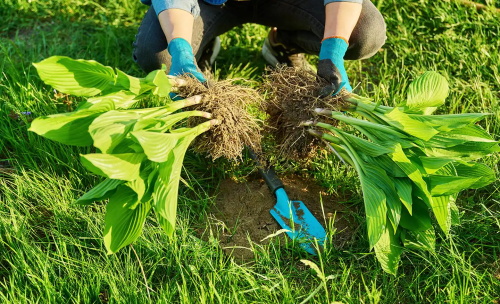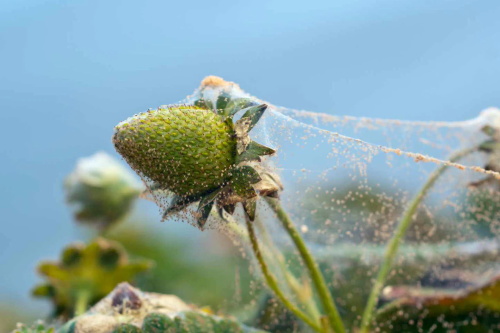
Perennial division is both an art and a science that rejuvenates your garden, prevents plant overcrowding, and yields free new plants for friends and borders. By strategically splitting mature clumps at the optimal moment—typically early spring or fall—you invigorate root and shoot growth, improve air circulation to reduce disease, and stimulate more prolific flowering. Armed with simple tools and a few best-practice tips, you can transform a crowded stand of perennials into healthy, vigorous specimens that enhance garden beauty year after year.
Dividing perennials helps combat overcrowding, where plants compete for light, water, and nutrients, leading to reduced flowering and increased disease susceptibility. Splitting clumps every three to seven years prevents center die-out and encourages lush, evenly distributed growth. Moreover, division is an economical propagation method—each resulting section becomes a new plant, allowing you to expand your garden or share with fellow enthusiasts at no extra cost.
When to Divide: Optimal Timing
Most summer-flowering perennials should be divided in early spring (March–May) or early fall (September–October), when soil is workable and temperatures are mild. Spring division is ideal for plants that bloom later in the season, giving them a full growing cycle to reestablish before winter. Conversely, fall division suits spring-flowering species, as cooler weather and autumn rains support root development without the stress of top growt. Always avoid dividing during peak heat or drought, and choose a cloudy, calm day—ideally with rain in the forecast—to minimize transplant shock.
Step-by-Step Division Techniques
Lift the Clump
Insert a fork or spade about 4–6 inches from the crown, digging deep enough to sever main roots.
Gently pry the entire root ball from the soil. Shake off excess dirt to expose root structure.
Separate Divisions
For fibrous roots (e.g., Heuchera, hostas), tease sections apart by hand, ensuring each has 3–5 growth buds and a healthy root mass.
For tougher clumps (e.g., asters, yarrow), cut through the crown with a sharp knife into wedge-shaped pieces.
Replant Promptly
Position each division at the same depth it grew originally, firming soil around roots to eliminate air pockets.
Apply mulch and water thoroughly to keep the soil wet and at a moderate temperature.
Dividing perennials is a rewarding way to maintain garden health, encourage robust flowering, and generate new plants without spending a dime. With careful attention to timing, gentle handling of roots, and thorough aftercare, you can master this essential gardening task and watch your beds flourish year after year. Whether you’re revitalizing an aging patch of daylilies or sharing hosta divisions with neighbors, “divide and conquer” offers boundless benefits for both garden and gardener.
Recommend:

Early Detection and Solutions to Defeat Spider Mites

Contemporary Elegance: The Mandarin Oriental, Hong Kong

The Optimal Time to Visit Egypt: Avoiding the Heat and Crowds

Floating Fantasy: Discovering the Burj Al Arab, Dubai

